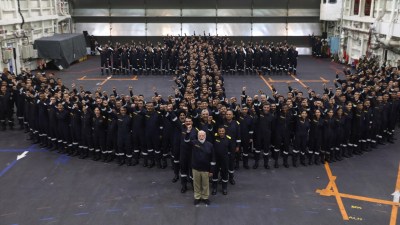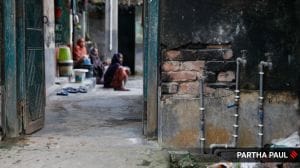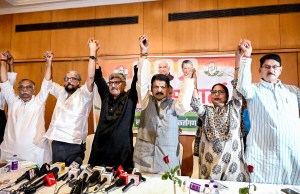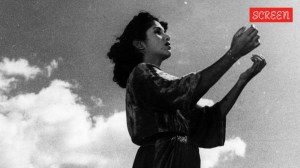Nursery of talent nurtures international dreams
NEW DELHI, April 23: The monotonous regularity of the table tennis ball striking the table, reverberates through the recreation room, and fi...

NEW DELHI, April 23: The monotonous regularity of the table tennis ball striking the table, reverberates through the recreation room, and filters into the empty corridors of National Stadium. On a very warm afternoon, two youngsters are enjoying their duel at the southern end of the stadium that comprises the National Hockey Academy.
With most of the trainees having gone home for the summer break, the academy wears a forlorn look. And those who have returned early, anticipating the Bovelander clinic which was postponed, are keeping themselves busy with indoor games, music and, of course, their work-outs.
The proposed eight-day National camp for the World Cup is on, and the academy boys will have to wait for the chance to play on the turf which they have come to regard as their second home. After all, the academy is one of the few places in the country which gives the trainees an almost exclusive use of the artificial turf throughout the year.
THE National Hockey Academy started in 1992 as a collaboration between the Sports Authority of India (SAI) and Air India, with inputs from the Indian Hockey Federation (IHF).
The infrastructure — turf, hostel, gym — was provided by SAI while other expenses, including food, kit, travel as well as education were looked after by Air India.
One of the better known drawing-board coaches of the country, P A Raphael, was appointed coach. It was during his tenure that players like Rajesh Chauhan, Rajiv Mishra and Jagdish Ponnappa came into the national reckoning.
Raphael left the Academy in 1995 to coach in Singapore and Thailand and Bansal, who was rather successful with the tribals — Dilip Tirkey was one among them — at the BS High School, Sundergarh (Orissa), took over.
With a total strength of 24, the selection is done on an all-India basis, with state associations sending 4-5 boys each. About 150 boys report for trials and the selection panel, which includes Olympians Zafar Iqbal, MK Kaushik and Ashok Kumar, shortlists the boys.
The training is for three years but the boys are free to leave after two years. “Most of them leave after two years, as they get lucrative offers from various institutions,” says Bansal.
The recent successes in the domestic circuit notwithstanding, its most important contribution has been the steady flow of players to the National side.
At the local level, too, its impact has been encouraging. Enrolled in various schools and colleges in Delhi, the youngsters have played a major role in the success of educational institutions like Union Academy and Jamia Milia Islamia.
While Union Academy has been performing consistently well in the Nehru (junior) tournament, Jamia were third in the all-India inter-university meet this year. However, the coaches are worried that not many players have made it to the senior ranks in the last two years. “Players from all over the country are not coming here any more,” complains Bansal. Most of the current lot is from Punjab, Haryana and the Chhotanagpur belt, with none from the southern states or even Mumbai.
"Boys from southern states do not feel comfortable with the weather and food here. Moreover, there are good facilities in Bangalore, Madras and Mumbai. The academy is no more attractive for them,” points out Bansal.
Thus, even though the academy is providing the best to the boys and is contributing to institutions like Railways, it is in need of better pool of talent to achieve its main objective – producing national-level players.



- 01
- 02
- 03
- 04
- 05




























